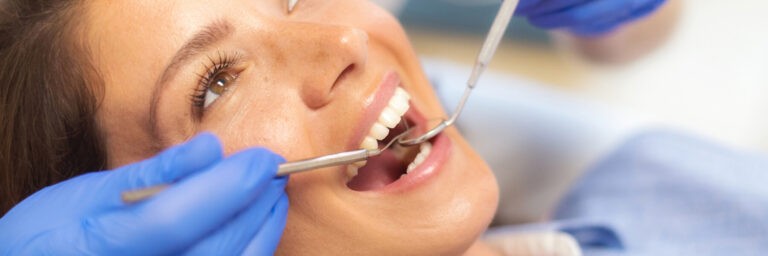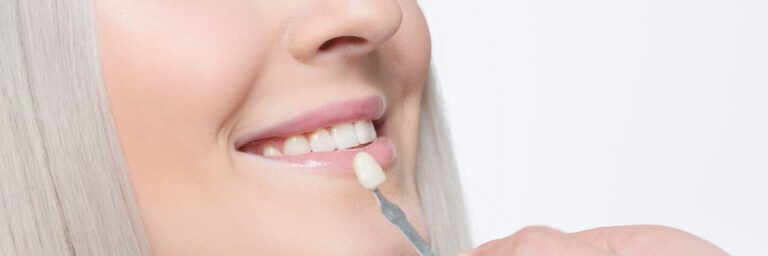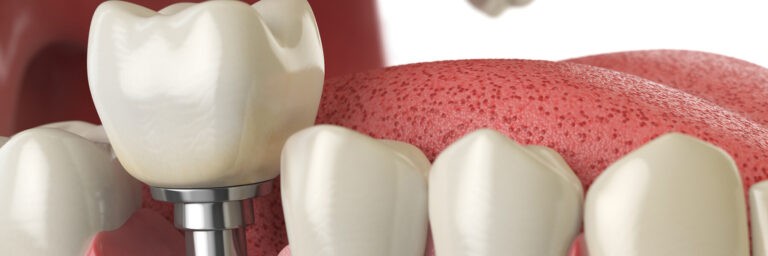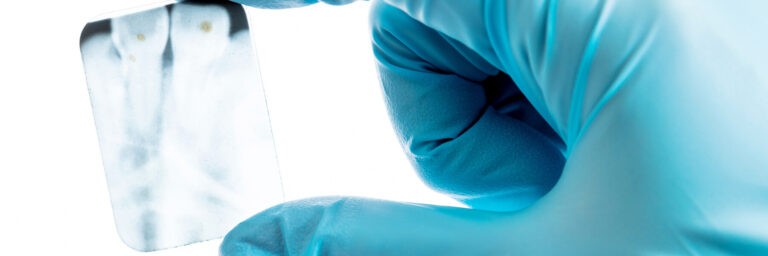Bone Graft Surgery

The most common use of bone grafting is in the application of dental implants, in order to restore the edentulous area of a missing tooth.
Bone grafting is a surgical procedure that replaces missing bone in order to repair bone fractures that are extremely complex, pose a significant health risk to the patient, or fail to heal properly.
Bone generally has the ability to regenerate completely but requires a very small fracture space or some sort of scaffold to do so. Bone grafts may be autologous (bone harvested from the patient’s own body), allograft (cadaveric bone usually obtained from a bone bank), or synthetic (often made of hydroxyapatite or other naturally occurring and biocompatible substances) with similar mechanical properties to bone. Most bone grafts are expected to be reabsorbed and replaced as the natural bone heals over a few months’ time.
The principles involved in successful bone grafts include osteoconduction (guiding the reparative growth of the natural bone), osteoinduction (encouraging undifferentiated cells to become active osteoblasts), and osteogenesis (living bone cells in the graft material contribute to bone remodeling). Osteogenesis only occurs with autografts.
Dental implants require bones underneath them for support and to have the implant integrate properly into the mouth. People who have been edentulous (without teeth) for a prolonged period may not have enough bone left in the necessary locations. In this case, bone can be taken from the chin or from the pilot holes for the implants or even from the iliac crest of the pelvis and inserted into the mouth underneath the new implant.
In general, bone grafts are either used en block (such as from the chin or the ascending ramus area of the lower jaw) or particulated, in order to be able to adapt it better to a defect.







